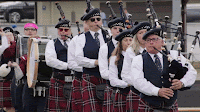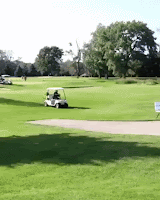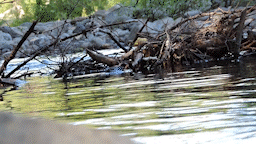The silent 16 mm format was initially aimed at the home enthusiast, but by the 1930s it had begun to make inroads into the educational market. The addition of optical sound tracks and, most notably, Kodachrome in 1935, gave an enormous boost to the 16 mm market. Used extensively in WW2, there was a huge expansion of 16 mm professional filmmaking in the post-war years. Films for government, business, medical and industrial clients created a large network of 16 mm professional filmmakers and related service industries in the 1950s and 1960s. The advent of television production also enhanced the use of 16 mm film, initially for its advantage of cost and portability over 35 mm. At first used as a news-gathering format, the 16 mm format was also used to create television programming shot outside the confines of the more rigid television studio production sets. The home movie market gradually switched to the even less expensive 8 mm film and Super 8 mm format.
















































